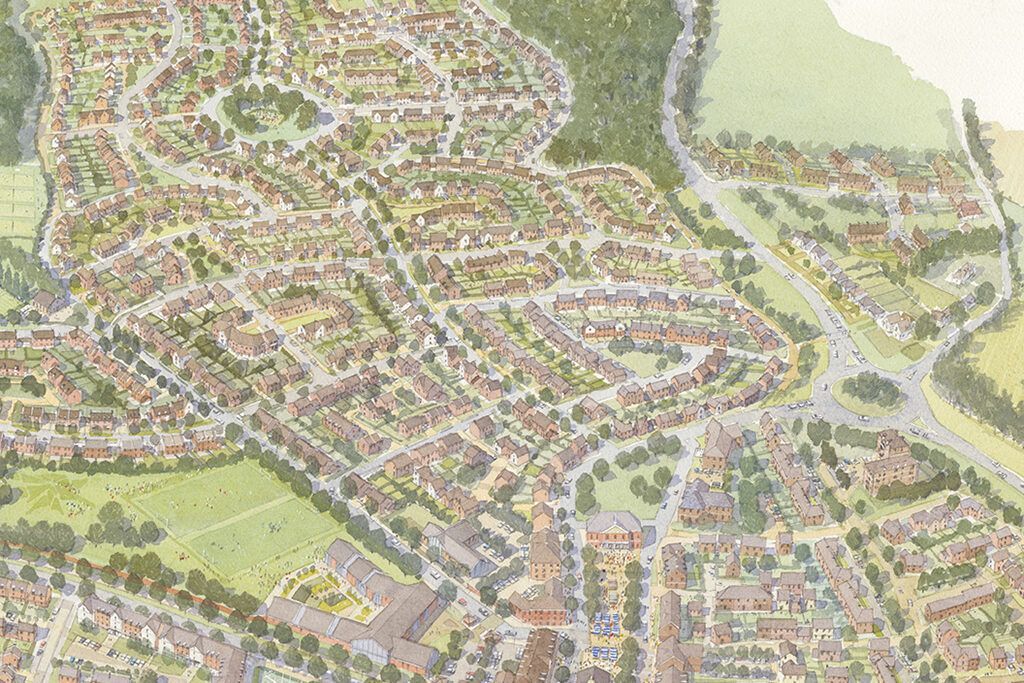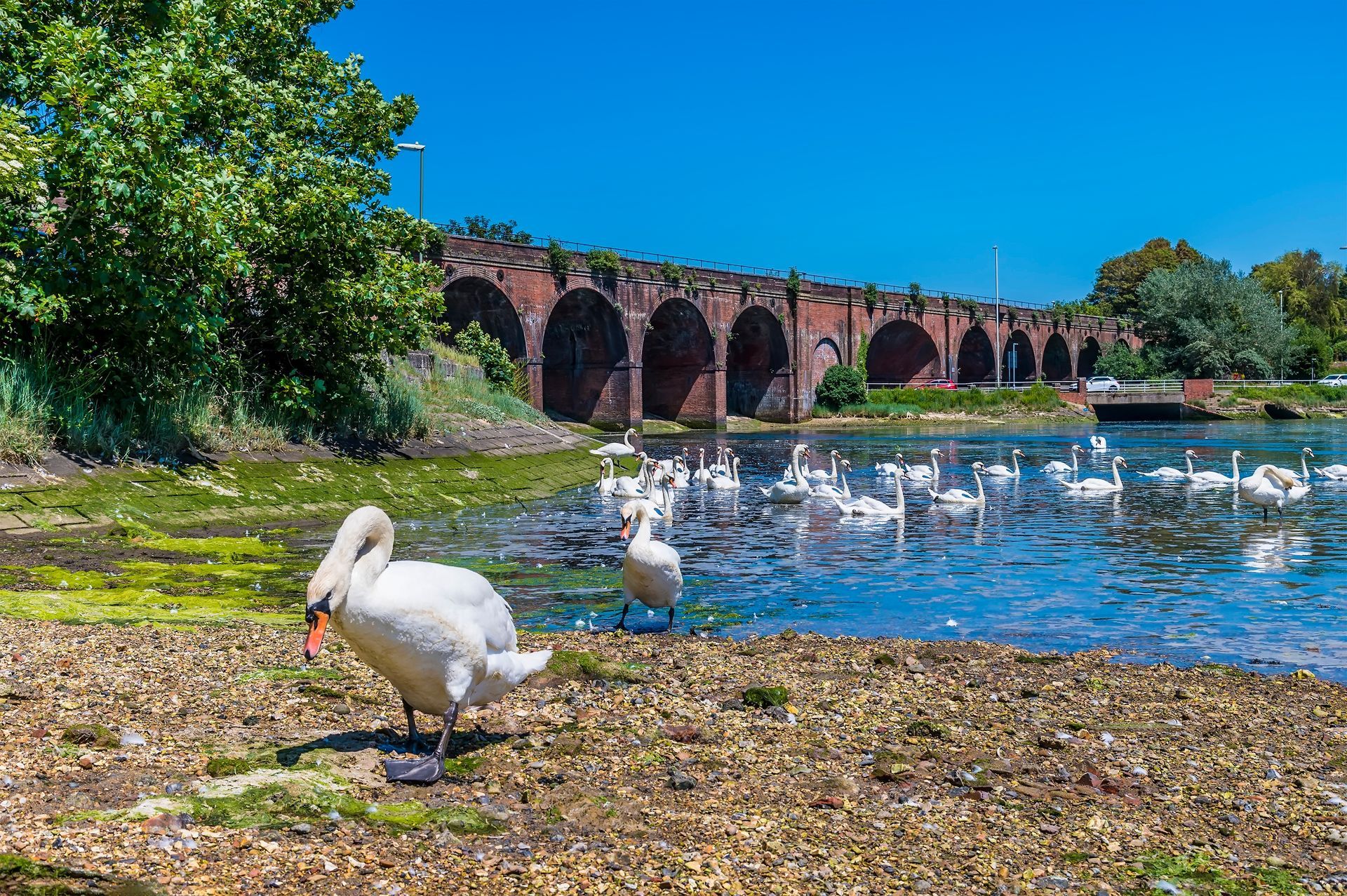From Past to Present: Understanding Warsash's Historical Charm and Appeal
Nestled on the banks of the River Hamble, the charming village of Warsash offers residents and visitors a delightful blend of historical allure and modern comforts. Known for its picturesque views and a rich maritime history, this quaint locale has been a hub for seafaring activities for centuries. As you wander through its scenic streets, you'll encounter stories etched in time, from the bustling shipbuilding era to its tranquil present-day atmosphere. Whether you own a home here or are simply passing through, Warsash invites you to explore its captivating past and vibrant community spirit. Let's uncover the layers of history that make Warsash a unique and inviting place to be.
Historical Beginnings
The story of Warsash begins in ancient times, with evidence of human activity dating back centuries. This section explores the early settlements and growth of the area, as well as its development during the Middle Ages.
Early Settlements and Growth
Archaeological findings suggest that the area around Warsash has been inhabited since prehistoric times. The Maritime Archaeology Trust has uncovered evidence of Stone Age settlements along the River Hamble.
During the Roman period, the region saw increased activity. Roman artifacts have been discovered in the area, indicating trade and possible settlement.
The Anglo-Saxon era brought significant changes to Warsash. The name "Warsash" itself is believed to be of Anglo-Saxon origin, possibly meaning "shore where sea-weed grows."
As the population grew, Warsash began to take shape as a distinct community. Its location on the River Hamble made it an ideal spot for fishing and maritime activities.
Warsash in the Middle Ages
The Domesday Book, compiled in 1086, provides the first written record of Warsash. At this time, it was a small agricultural settlement with a few households.
During the medieval period, Warsash remained primarily an agricultural community. The fertile land around the River Hamble supported crops and livestock.
The river played a crucial role in the village's development. It provided transportation and supported a growing fishing industry.
By the late Middle Ages, Warsash had established itself as a small but thriving community. Its strategic location on the river would set the stage for its future maritime importance.
Maritime Legacy
Warsash's location on the River Hamble has shaped its history and identity. This section delves into the village's rich maritime heritage, from shipbuilding to its role in naval history.
Shipbuilding and Trade
Shipbuilding became a significant industry in Warsash during the 18th and 19th centuries. The River Hamble provided an ideal location for constructing and launching vessels.
Local shipyards produced a variety of craft, from small fishing boats to larger merchant vessels. This industry brought prosperity and growth to the village.
The shipbuilding trade attracted skilled workers to Warsash, contributing to the village's expansion and diversification.
Warsash's location also made it an important trading port. Goods were transported up and down the River Hamble, connecting the village to wider trade networks.
The legacy of this maritime industry can still be seen in Warsash today, with many historical buildings and structures related to shipbuilding and trade.
The Role of Warsash in Naval History
Warsash played a significant role in British naval history, particularly during World War II. The Warsash Maritime Academy, formerly known as the School of Navigation, trained numerous naval officers.
During the war, Warsash was a key location for planning and launching operations. Its proximity to Southampton made it strategically important.
The village also contributed to the D-Day landings. Many troops and supplies passed through Warsash enroute to Normandy.
Post-war, Warsash continued its maritime education tradition. The Maritime Academy became renowned for training merchant navy officers.
This naval heritage has left a lasting impact on Warsash's identity and continues to shape its character today.
Architectural Heritage
Warsash boasts a rich architectural heritage that reflects its long history. This section explores some of the village's notable historical buildings and efforts to preserve them.
Notable Historical Buildings
St. Mary's Church is one of Warsash's oldest and most significant buildings. Dating back to the 12th century, it showcases Norman architectural features.
The Rising Sun Inn, a 17th-century pub, stands as a testament to Warsash's maritime past. It was a popular spot for sailors and shipbuilders.
Hook House, built in the 18th century, is an excellent example of Georgian architecture. It was once home to prominent local families.
The Old Gaol, a small 19th-century lock-up, offers insight into the village's law enforcement history.
These buildings, among others, provide a tangible link to Warsash's past and contribute to its unique character.
Preservation and Modern Use
Efforts to preserve Warsash's architectural heritage have been ongoing. Many historical buildings have been granted listed status, protecting them from inappropriate alterations.
Local conservation groups work tirelessly to maintain these structures. They organize fundraising events and volunteer restoration projects.
Some historical buildings have been repurposed for modern use. For example, old warehouses have been converted into shops and restaurants.
The community actively engages in preservation efforts. Annual heritage days allow residents and visitors to explore and learn about these historical gems.
Balancing preservation with modern development remains a key challenge for Warsash, as it seeks to maintain its historical charm while meeting contemporary needs.
Cultural and Community Life
Warsash's rich history has fostered a vibrant cultural scene and strong community spirit. This section explores the village's traditional events and its thriving arts and culture scene.
Traditional Events and Festivals
The Warsash Festival, held annually, celebrates the village's maritime heritage. It features boat races, craft stalls, and local food.
Remembrance Day ceremonies at the village war memorial honour Warsash's contributions to national defence.
The Strawberry Fair, a summer event, showcases local produce and crafts. It harks back to the area's agricultural roots.
Christmas in Warsash is marked by a festive lights switch-on and carol singing around the village green.
These events not only celebrate Warsash's history but also strengthen community bonds and attract visitors to the village.
The Arts and Local Culture
Warsash has a thriving arts scene, with several local galleries showcasing work by regional artists. Many pieces draw inspiration from the village's maritime setting.
The Warsash Band, founded in the 19th century, continues to perform at local events and concerts.
Local history groups organize regular talks and exhibitions, keeping the village's past alive for new generations.
The Warsash Theatre Club puts on several productions each year, involving residents of all ages.
This rich cultural life contributes to Warsash's appeal, offering residents and visitors alike a range of engaging activities and experiences.
Warsash Today
While proud of its history, Warsash continues to evolve. This section looks at the village's modern amenities and ongoing community initiatives.
Modern Amenities and Development
Warsash today boasts a range of amenities catering to residents and visitors. The village centre offers shops, cafes, and services for daily needs.
Educational facilities include primary schools and the renowned Warsash Maritime Academy, now part of Solent University.
The River Hamble remains central to village life, with modern marinas and sailing clubs attracting boating enthusiasts.
Green spaces like Hook-with-Warsash Nature Reserve provide recreational opportunities and protect local wildlife.
Recent developments have aimed to balance growth with preserving Warsash's character, focusing on sustainable and sympathetic construction.
Community Initiatives and Future Prospects
Community-led initiatives play a crucial role in shaping Warsash's future. The Warsash Residents Association actively engages in local planning and development discussions.
Environmental projects, such as beach clean-ups and tree planting, reflect the community's commitment to sustainability.
Local businesses are supported through "shop local" campaigns, helping to maintain a vibrant village economy.
Future plans for Warsash focus on sustainable tourism, leveraging its maritime heritage and natural beauty.
The village faces challenges, including coastal erosion and balancing development with conservation. However, the strong community spirit and rich history of Warsash provide a solid foundation for addressing these issues and shaping a positive future.









